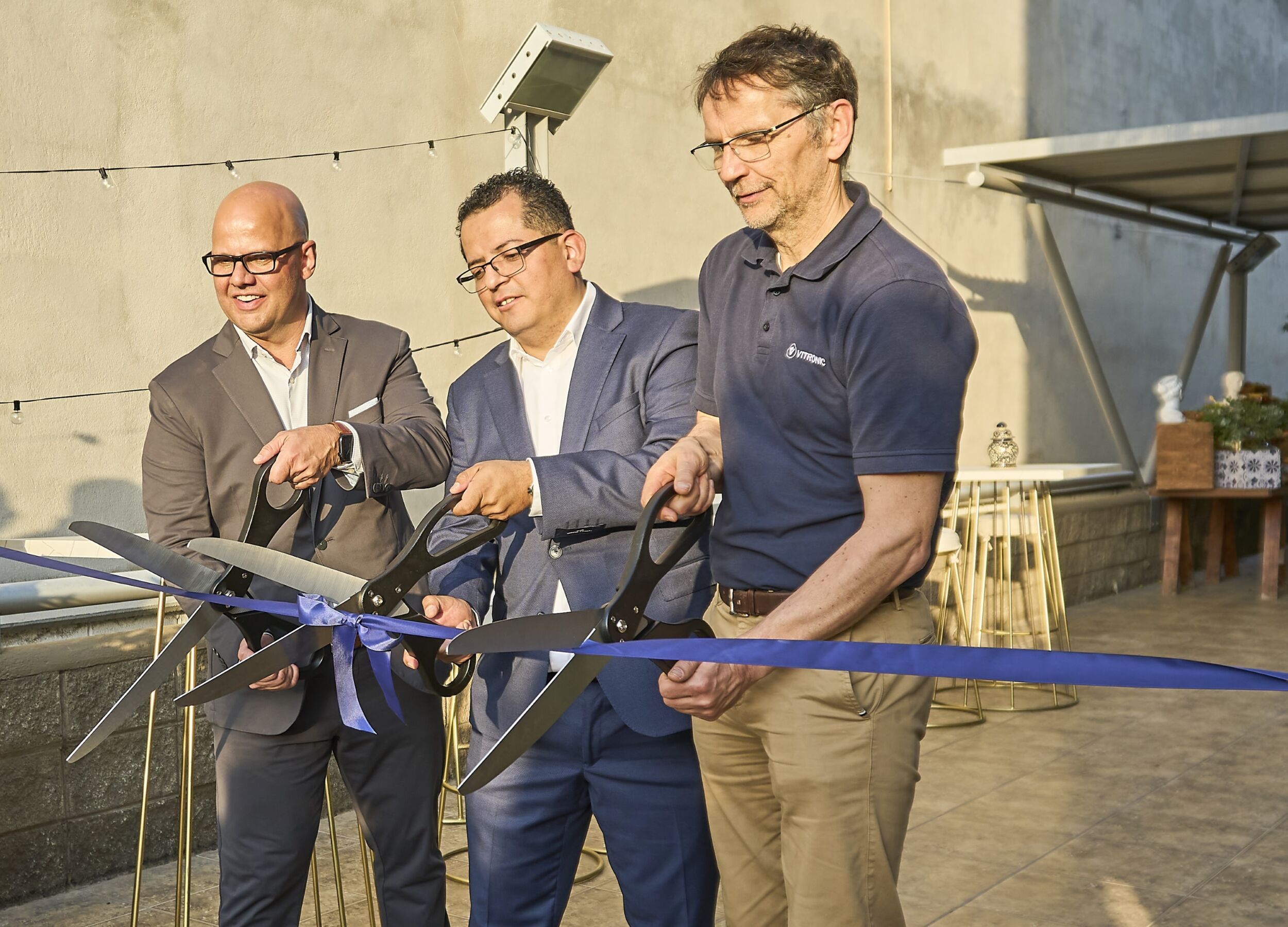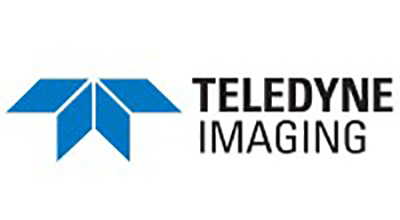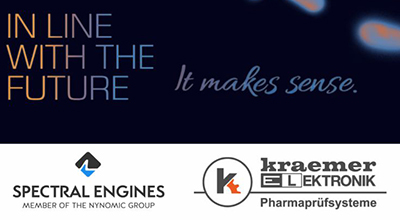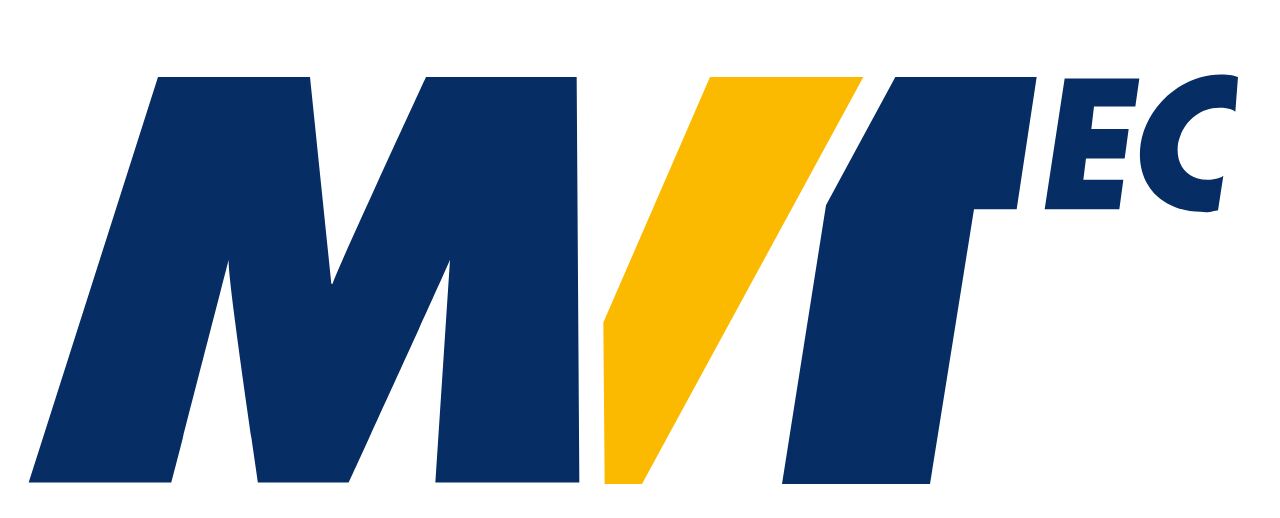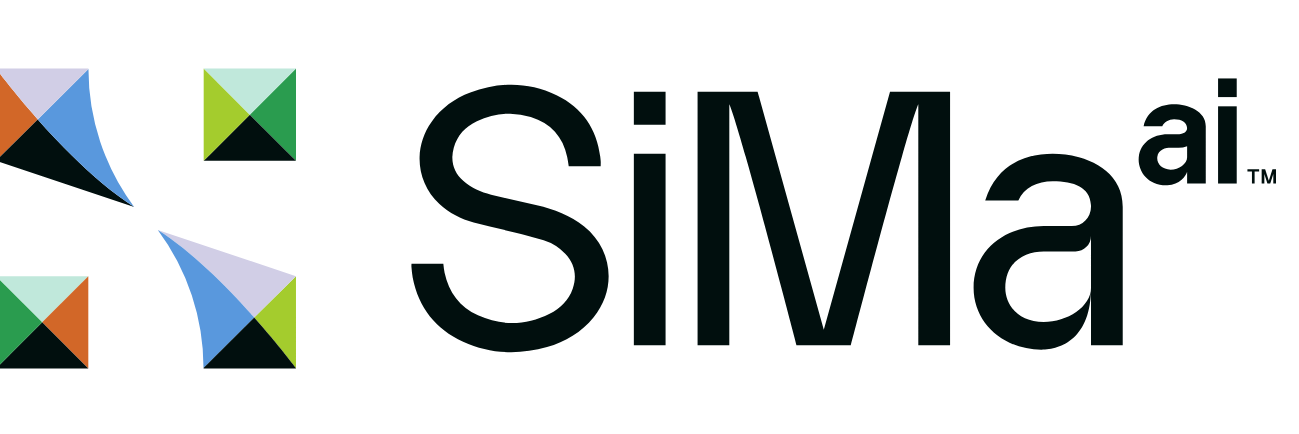
Image 2 | Comparison chart of ‚hot pixels‘ between TEC enabled and disabled. (Bild: Vieworks Co., Ltd.)
Avoiding hot pixels
The camera has been designed for applications requiring very high resolution without the need of high-speed acquisition. Many of such users require very long exposure times and need to maintain the highest image quality. A perfect example is Flat Panel Display inspection, where long exposure times are used to capture screen under test with different levels of dark test patterns. With exposure times of up to one second and beyond, the amount of noise and number of defective pixels (hot pixels) grow exponentially. Hot pixels are a type of read noise where current leakage increases with temperature. Vieworks cooled cameras assure that this doesn’t happen and the captured images are good enough for evaluation of the actual defects on an object under inspection. Figure 1 shows examples of pictures taken with the VC-151MP camera with the TEC turned off (l.) and on (r.) with one second exposure time. The sensor inside the camera without cooling can get as hot as 48°C and at such a high temperature the dark current is extremely high. As a result, the incidence of hot pixels is therefore very high and the image looks like starry sky from Cerro Tololo Observatory in Chilean Andes – designated the first International Dark Sky Sanctuary. Images with so much noise and hot pixels are practically useless in flat panel inspection systems. If we now compare it with the picture, where the sensor has ambient temperature minus 15°C (r.), the image has only a limited number of hot pixels easily addressed by Vieworks‘ effective pixel correction techniques. Figure 3 shows the actual numbers of hot pixels, where there could be almost a quarter of a million of them. Still not as many as the stars, but enough to make the image unworkable. The camera has already been adopted by several users in Flat Panel Inspection, PCB Inspection, BGA Inspection and inspection of unidentified large objects (ULO; named as such because of confidentiality agreements). The camera is capable to inspect OLEDs because of low noise in dark areas.
Conclusion
In instances where recording speed is not the most important consideration, mainly due to long acquisition times, the outstanding image quality of the VP151-M resulting from cooling of the sensor, give the users an ability to capture ultra-high resolution images with unparalleled quality.


